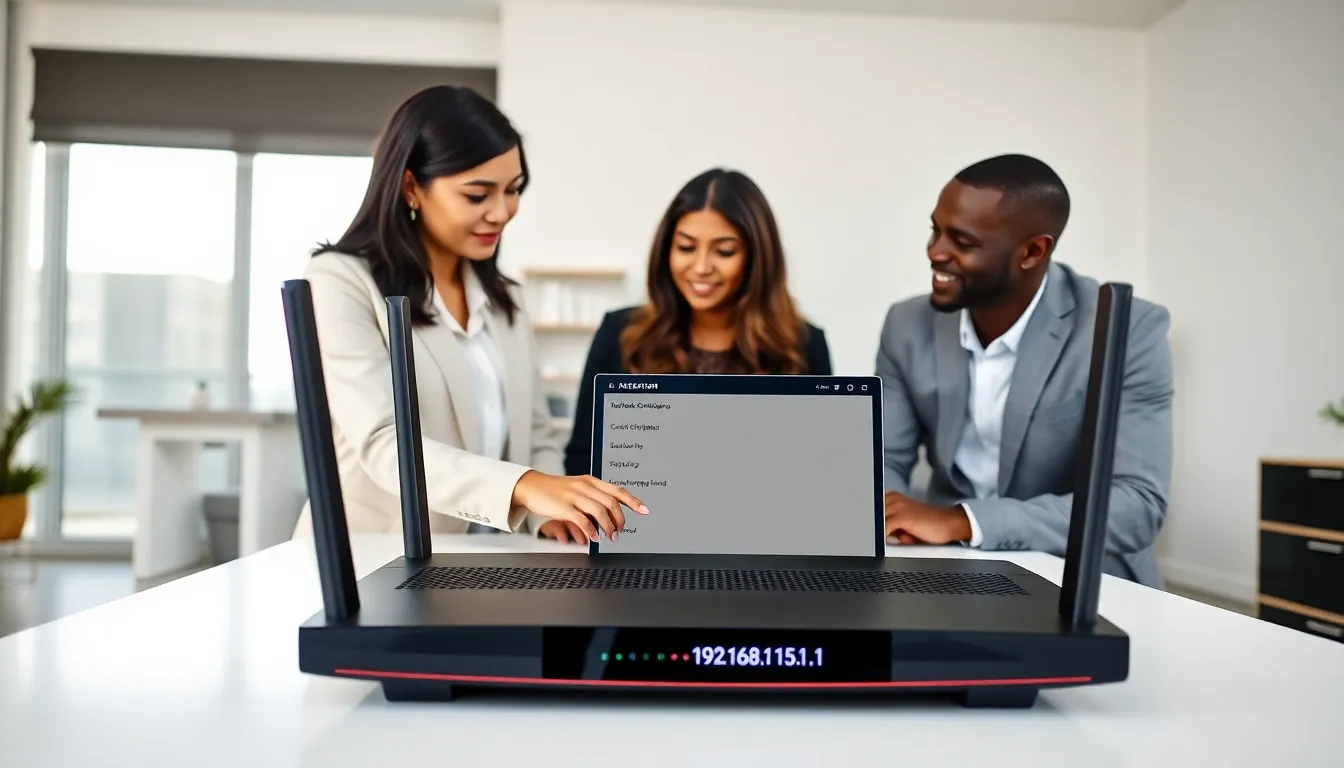Table of Contents
ToggleEver found yourself staring blankly at your router, wondering what on earth that IP address on the sticker means? If 192.168.15.1 is giving you a headache, you’re not alone. This guide is your friendly navigational star to unraveling the mysteries behind this common IP address and how to use it effectively. Think of it as your digital GPS, ensuring you reach the right destination, minus the unnecessary detours. Let’s immerse and unlock the doors to better network management, without losing your sanity.
192.16815.1/Instalador

What Is 192.168.15.1?
The IP address 192.168.15.1 is a private Class C IPv4 address, typically allocated to routers and network hardware. Most home and small business networks use this address to establish a gateway where devices can connect and communicate. It falls within the range of private addresses that are not routable on the public Internet, ensuring your local area network (LAN) keeps its connections secure from outside traffic.
Common Uses of 192.168.15.1
Primarily, people use 192.168.15.1 to connect their devices to a network for initialization or configuration. This IP address serves as a portal for managing network settings. Also, it can be used for troubleshooting connectivity issues, managing security settings, and updating firmware. Various modem and router brands, especially those from local ISPs, often use this address as the default.
How to Access 192.168.15.1
Step-by-Step Guide to Accessing the IP Address
To begin, ensure you are connected to your network. Next, open a web browser and type “http://192.168.15.1” in the address bar, then hit Enter. A login page should pop up, beckoning you for a username and password. Typically, the default credentials can be found printed on your router. If you have changed them and forgotten, a factory reset might be necessary, but let’s hope it doesn’t come to that.
Once logged in, you’ll land on the dashboard, where you can jump into various configuration options.
Troubleshooting Access Issues
If that login page refuses to appear, don’t panic. Double-check your network connection first. Wired connections are generally more reliable than Wi-Fi, so consider switching to a wired method if possible. Make sure you typed the IP address correctly, typos can happen.
Another potential issue could be your firewall settings blocking access. Review them, and if all else fails, rebooting your router might just do the trick. Sometimes, a quick reset is all it takes to smooth things over.
Using the 192.168.15.1 Instalador
Installation Process Overview
Setting up the Instalador through 192.168.15.1 can be straightforward if you follow the correct procedures. After accessing the IP address, navigate to the installation section of the interface. Usually, there’s a clear step-by-step wizard that guides you through the installation process. Keep your network name and password handy, as you’ll need these.
Configuring Settings Through the Instalador
After the initial installation, jump into the configuration settings. You can customize parameters such as Wi-Fi names, passwords, and even the network frequency band. Keep in mind that maintaining a secure password is crucial. Adjust any settings according to your preferences to optimize your network performance.
Security Considerations
Importance of Securing Access
Like a home, your network requires locks and keys. Securing access to 192.168.15.1 ensures that unwanted intruders can’t waltz through the digital front door. Default usernames and passwords should always be changed immediately after installation to prevent unauthorized access. Regularly updating firmware also plays a vital role in closing security gaps.
Best Practices for Network Security
In today’s world, every connection matters. To ensure your network remains secure, consider implementing the following best practices:
- Change Default Credentials: Make it a practice to change defaults, this is the first line of defense.
- Enable WPA3 Encryption: If your router supports it, enabling WPA3 can add an additional layer of security.
- Regular Updates: Ensure that firmware is updated on a consistent basis to patch any vulnerabilities.
- Guest Networks: Set up guest networks to keep your main network secure from potentially compromised devices.
- Network Monitoring: Regularly monitor connected devices. Knowing what is on your network helps in identifying unauthorized access swiftly.
By adhering to these practices, users can significantly enhance their network security.




